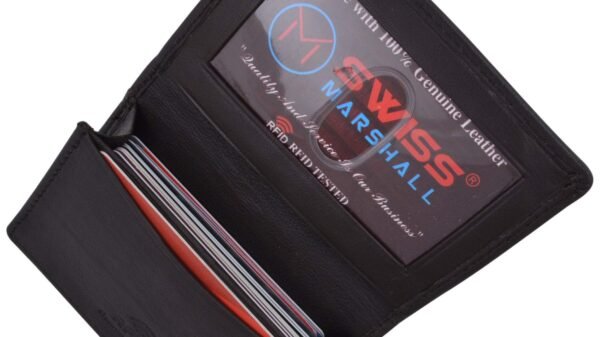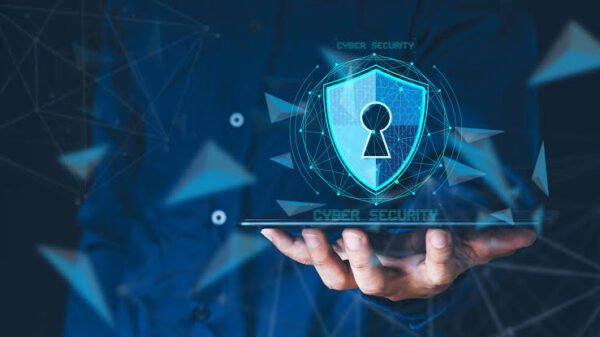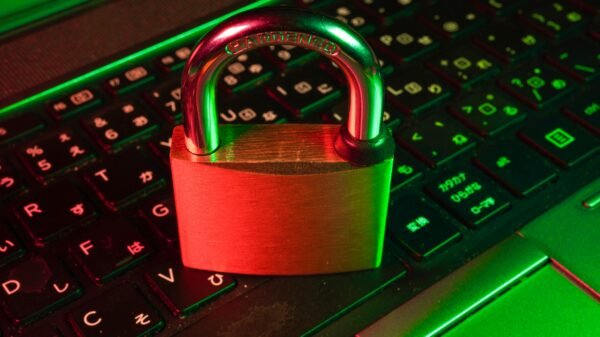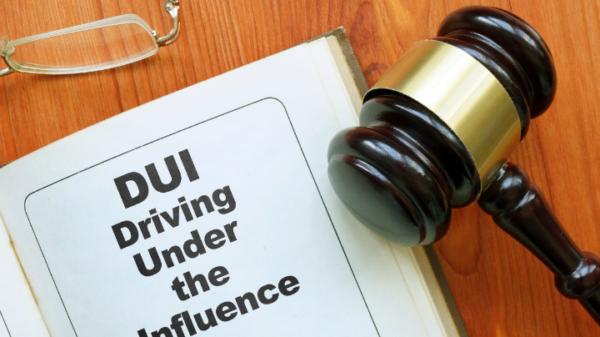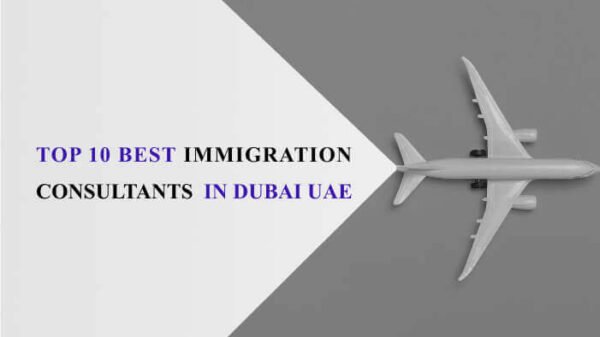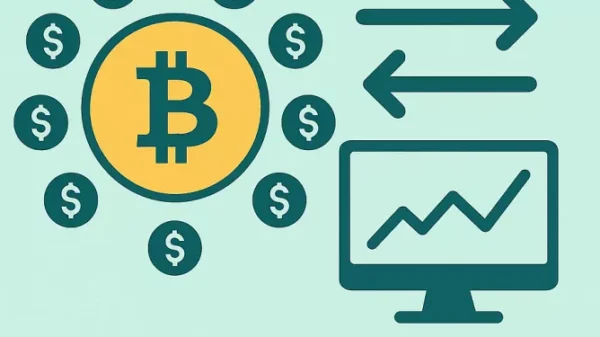Businesses and organizations use kyc document verification to stop financial losses and spot identity fraud. The verification technology enables digital paper verification. It has changed a variety of sectors, including healthcare, banking, aeronautics, border security, and more. It might be conceivable to employ biometric technologies to authenticate and verify documents handed out by the customer and issued by the government.
Understanding Document Verification
Verification documents are ensured through the process of digitally verifying them. It involves comparing the information that is saved in the system to documents such as an ID card, license, contract, insurance policy, or other formal record—with data from a trustworthy source, such as a government or a document used as a reference. Document scanning, applicable information birth, and comparing the gathered data with secure sources are generally the three crucial phases in attesting a document. Advanced algorithms and machine learning constantly make it possible to increase both the perfection and effectiveness of verification.
The Significance of Document Verification
One of the crucial reasons why document attestation is becoming increasingly essential is the way it compromises security measures. Enterprises can help combat fraud, phony, and felonious exertion by verifying the legality of documents. The confirmation of specific legal papers is needed by numerous organizations’ strict regulations. To avoid manipulation and stop suspicious exertion, fiscal companies must adhere to KYC( Know Your Customer) and AML(Anti-Money Laundering) conditions. The onboarding of new customers, verifying the qualifications of workers, and approving loan applications are all made easier by the verification of documents. People and businesses can check documents remotely through the digital nature of document authentication, with a manual check undertaken if necessary to look for any manipulations.
Use of Document Identification by Authorities
Verification of documents is utilized to check for tampering or manipulation. To close the gap and ensure legality, the documents are estimated, which ensures that they’re error-free. Documents are reviewed by some authorities to reduce illegal conduct. Then there are some of them:
Financial Service: Banks and other fiscal companies use document checking to confirm the identification of their guests when opening accounts, recycling advances, and executing deals.
Healthcare: In the medical care sector, document verification is pivotal for validating patient individualities, guaranteeing compliance with medical regulations, and guarding nonpublic case data.
Airports and Border Control: Immigration services and border security businesses rely on validated documents to confirm the validity of passports and visas.
Online Services: E-commerce platforms, social media web runners, and online commerce employ online document verification to validate the identity of guests and reduce the threat of fraud.
Educational Departments: Verification of all the academic records and attendance of the students is being recorded and checked with the documentation process.
Benefits of Document Verification
In order to maintain peace of mind, document verification is needed for online services and deals. This helps businesses protect themselves from fiscal fraud and identity theft. The following advantages are handed to businesses via the procedure of checking the documents, extracting the data, and then matching it with the stored data to verify and make it risk-free.
Accuracy: By reducing crimes caused by homemade document examinations, verification ensures that the knowledge is accurate and up-to-date. It takes less time and trouble to validate documents when procedures for document examination are automated, leading to quick decision-making.
Fraud Prevention: Document identification can be an important interference in identity theft, false claims, and document checks, guarding individualities as well as associations.
Cost Savings: By reducing physical document examinations and the associated executive costs, authenticating documents can help businesses save on any risky activity.
Conclusion
Document verification has become a vital tool in the digital age to boost security, effectiveness, and compliance in a range of enterprises. Processes might be simplified, fraud might be excluded, and stoner gests might be bettered. The verification system lowers the liability of fraud and ensures the responsibility or delicacy of the papers. However, businesses and people must also exercise caution, addressing concerns regarding privacy and keeping ahead of new difficulties in the dynamic business of document authentication. Verification of the documents may continue to promote convenience and innovation while upholding the highest norms of security, and integrity with careful, safe administration. Both manually and electronically checking the system. Verifying the documents prevents fraud and manipulation, whether the records are handwritten or stored digitally.









